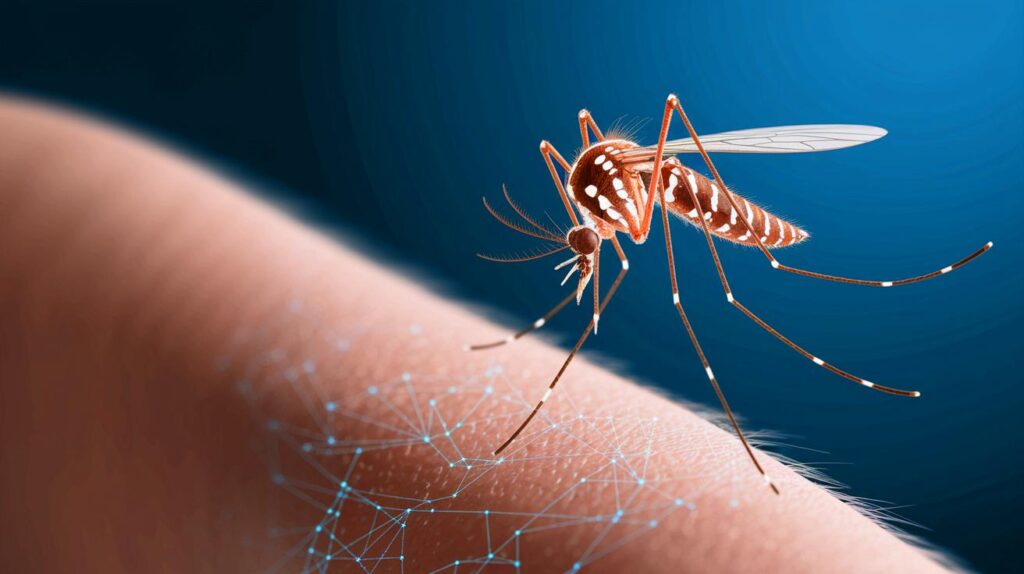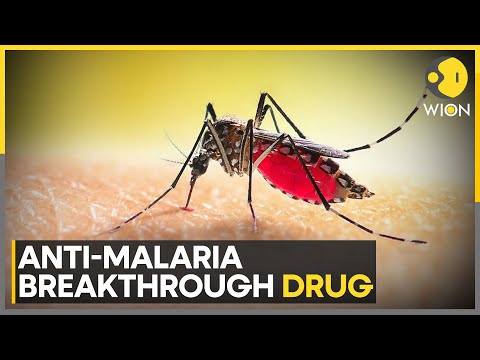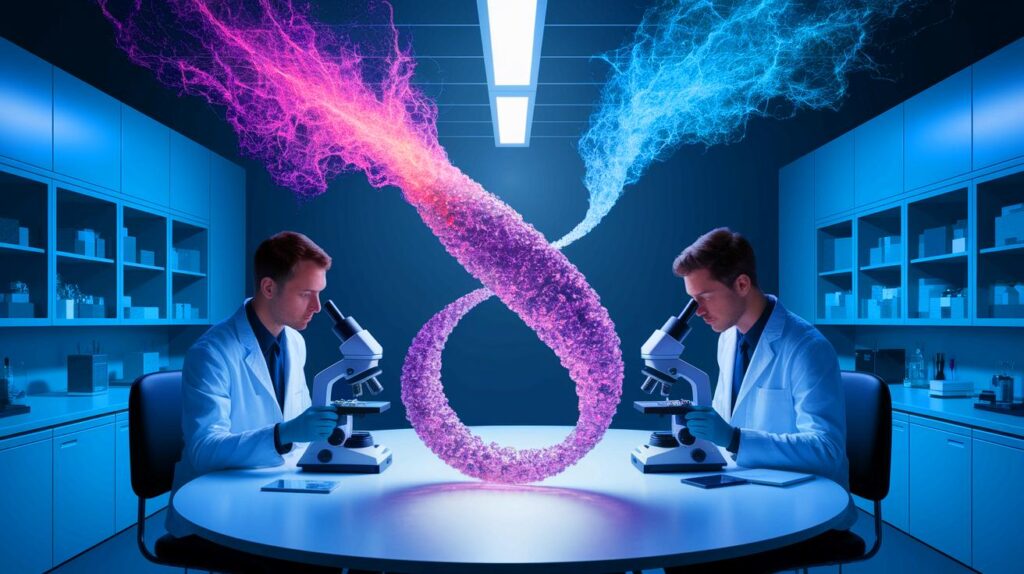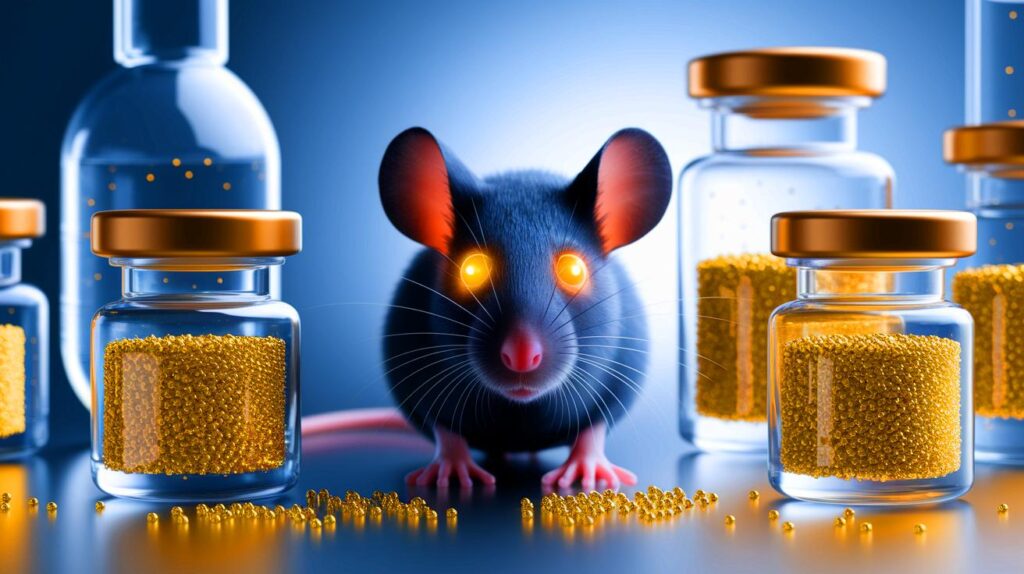| In Brief |
|
In response to the global health emergency posed by malaria, researchers are investigating new avenues to eradicate this deadly disease. Among these innovative approaches, the idea of making our blood lethal to mosquitoes emerges as a daring solution. By utilizing nitisinone, a molecule already known for other therapeutic properties, it may be possible to not only impact the survival of mosquitoes but also significantly reduce their capacity to transmit malaria. While this method holds promise, it raises numerous questions regarding its practical application and public acceptance.
Nitisinone: History and Properties
Nitisinone is a molecule that has taken a long journey before becoming a potential hope in the fight against malaria. Initially developed as an insecticide derived from a plant toxin, it exhibited unexpected therapeutic properties. Used to treat type I tyrosinemia, a rare genetic disorder, nitisinone is FDA-approved and has proven effective in newborns and young children. Its absence of known adverse effects in pregnant women enhances its potential as a safe treatment. Therefore, this molecule could serve a dual purpose—both saving human lives and eliminating disease carriers like mosquitoes.
A New Method to Eradicate Mosquitoes
Researchers, including Álvaro Acosta Serrano, consider transforming our blood into a lethal poison for mosquitoes through nitisinone. This approach is based on the fact that mosquitoes rapidly metabolize tyrosine, a crucial step they cannot complete if nitisinone is present. By administering the drug, even in low doses, human blood becomes toxic to these insects, killing them within hours. The treatment would remain active for up to twelve days after administration, providing prolonged protection. This strategy aims to establish a form of collective protection, where a maximum number of treated individuals would significantly lower the mosquito population, thereby interrupting the malaria transmission chain.
The Challenges of Applying Nitisinone
Despite its promises, the application of nitisinone in the fight against malaria is fraught with obstacles. One of the primary challenges lies in public acceptance of the treatment. Convincing people to take a medication that does not directly protect them but kills mosquitoes presents ethical and practical dilemmas. Additionally, the high cost of nitisinone represents a major barrier, especially in regions most affected by malaria, which are often marked by poverty. Thus, the question of funding and accessibility for this treatment is crucial to its success. Researchers hope that growing scientific and public interest in this solution will help reduce costs and make the treatment more accessible.
Perspectives and Future Issues
The potential of nitisinone in the fight against malaria opens up new perspectives. However, a large-scale deployment requires in-depth consideration of social, economic, and ethical implications. Policymakers, researchers, and civil society must engage in constructive dialogue to assess the potential impact of this approach on public health. Additionally, the challenge lies in the ability to adapt this solution to diverse contexts, taking into account the local specifics of regions affected by malaria. What will be the social acceptability of this treatment, and how can financial barriers be overcome to make this innovation accessible to all?








